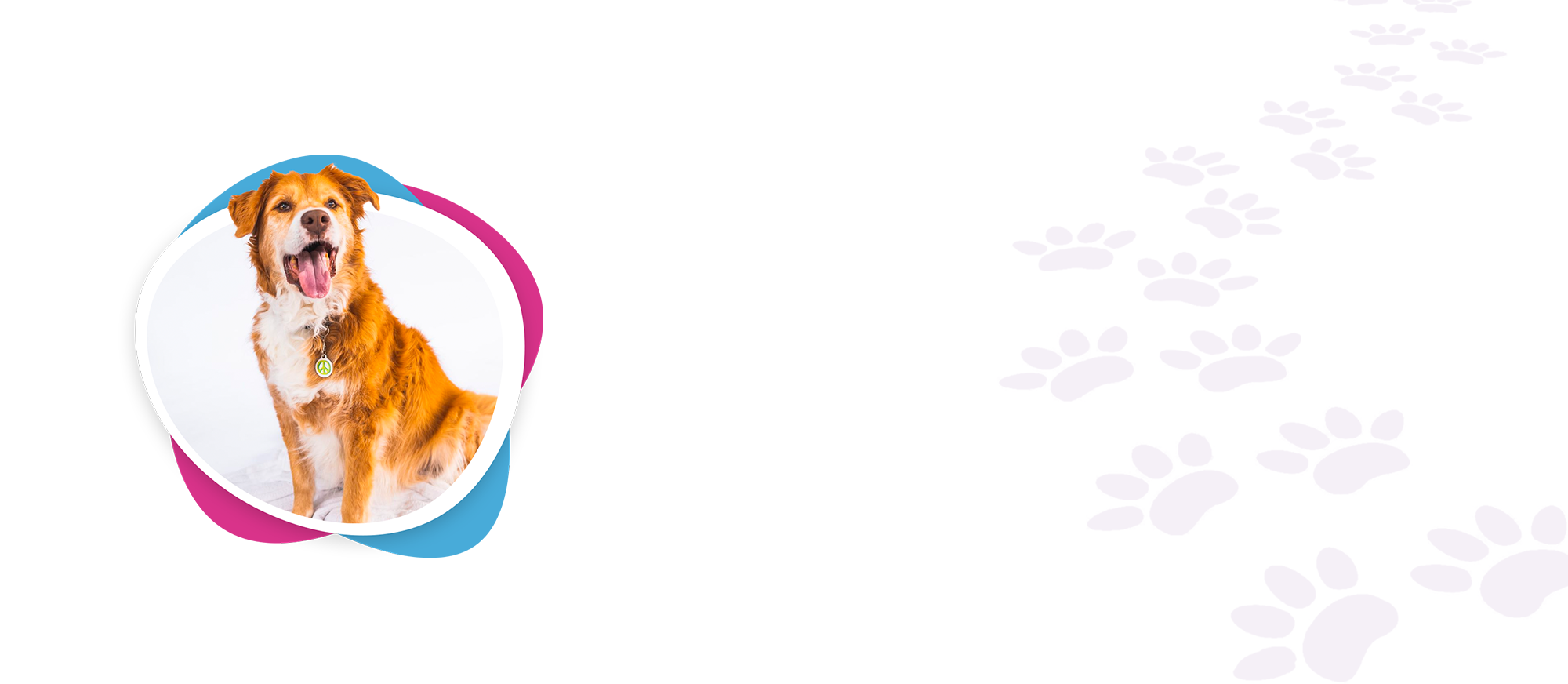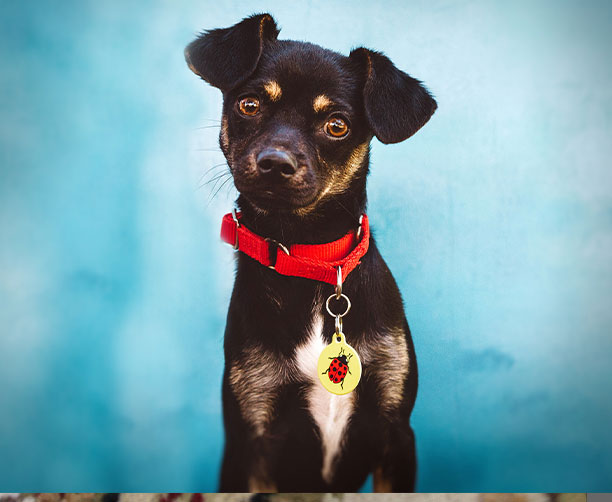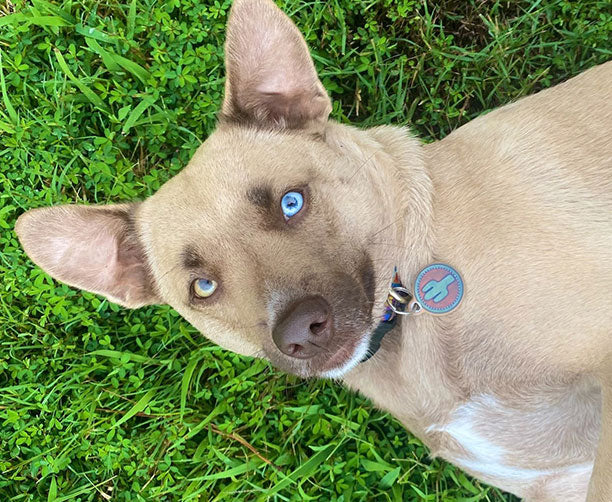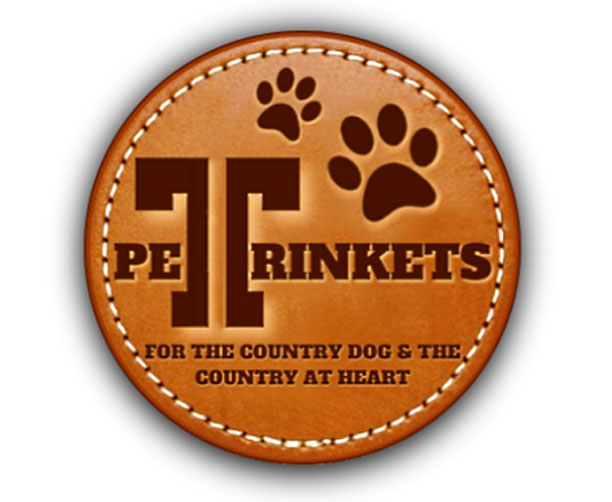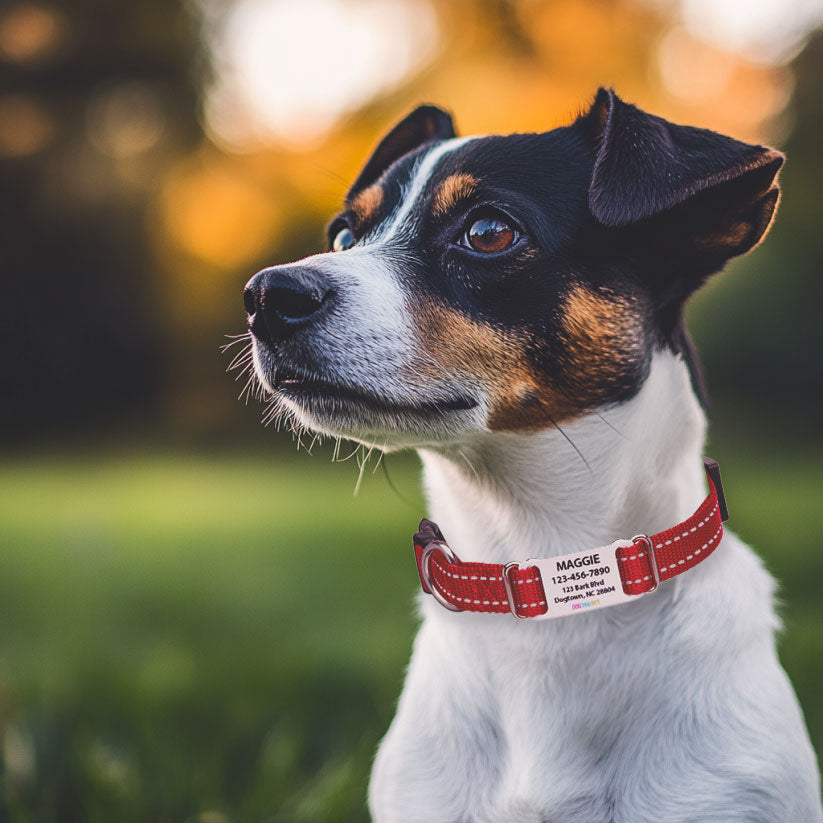When we think about dogs, the image of a loyal and loving companion usually comes to mind. However, aggressive dog behavior such as growling, barking, or even biting can sometimes occur. This doesn't necessarily mean you have a dangerous pet or that you're an ineffective caretaker. Recent studies show that about 40% of dogs have displayed signs of dog aggression, such as growling or snapping at their owner, at some point in their lives.
Dogs rarely become aggressive without reason. There are various levels of dog aggression, and some are perfectly natural in specific circumstances. Pets often believe they have a reason for acting out. If your dog suddenly becomes aggressive or you notice a significant change in behavior, you should consult your veterinarian immediately, as medical conditions can sometimes cause aggressive tendencies. Persistent dog aggression may need the expertise of a professional trainer or canine behavior specialist.
Common Types of Dog Aggression and How to Address Them
To help you recognize different forms of aggressive dog behavior, here are five main types of dog aggression along with tips to manage each one.
Territorial Aggression
Territorial aggression is often seen in protective or herding breeds. Dogs may bark or growl when someone approaches their home or yard. This instinctive reaction is reinforced when the dog successfully scares away strangers or animals.
A helpful approach to address territorial aggression is to introduce your dog to unfamiliar people in a controlled way. Have someone your dog does not know walk up to the door or through the yard. When your dog starts barking or lunging, the person should toss the dog a favorite treat. As the dog calms down and enjoys the treat, praise them and have the person leave. This teaches your pet to associate strangers with positive experiences instead of aggression.
Play Aggression
Not all aggressive-looking behavior is a cause for concern. Play aggression is common among puppies and young dogs and often looks scarier than it actually is. Dogs use body language and cues to let each other know when they’re playing.
If your puppy bites too hard during play, a good method is to let out a sharp yelp to signal that the bite hurt. Give them a short break or "time out" from play when this happens to reinforce that gentle play is acceptable but roughness is not tolerated.
Fear Aggression
Fear-based aggression occurs when a dog feels threatened or trapped. A cornered or caged dog can become reactive, growling or biting in self-defense. Many dogs are startled by hands coming toward their heads, which can be interpreted as a threat.
To minimize fear aggression, avoid petting your dog’s head directly—instead, gently stroke their back or side. Staring can also make dogs anxious. The best strategy is to create a secure environment and develop a trusting bond to reduce fear and anxiety.
Dominance Aggression
Dominance aggression typically involves dogs guarding items such as furniture, toys, or food bowls. This is common in young, unneutered male dogs. The behavior is reinforced when humans back off after the dog growls or snaps.
The most effective remedy is to have your dog neutered, which often reduces dominating tendencies. Alternatively, remove valued items until the dog has earned them through positive behavior or obedience, showing your pet that rewards come from desirable actions and not from being aggressive.
Predatory Aggression
Predatory aggression is an instinctive behavior rooted in a dog's hunting drive. This can involve chasing, stalking, or biting, and is often triggered by fast movements or noises from children or small animals.
This form of aggression usually diminishes with age. However, always supervise your dog and be aware of what triggers this behavior. Learn to redirect your dog’s focus with engaging words or actions, such as “treat,” “go for a ride,” or “ball.” To further enhance dog safety in case your dog bolts, consider using personalized pet tags that clearly state behavioral or medical issues.
Dealing with dog aggression is challenging and requires patience, consistency, and understanding. If you feel overwhelmed or are worried about injury risks, always consult a certified dog trainer or canine behavior expert for professional help. Proper training is essential for keeping both your pet and others safe.
Russ Barker has personally experienced dog aggression but continues to be a dedicated pet lover. As a manager and pet blogger at DogTagArt.com, Russ promotes pet safety through the use of high-quality pet ID tags. Their mission is to help lost pets return home through strong identification solutions. Explore their stylish and durable custom dog tags for a smart way to protect your best friend.
Learn more about custom pet ID tags and how they help ensure dog safety at Dog Tag Art.




